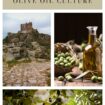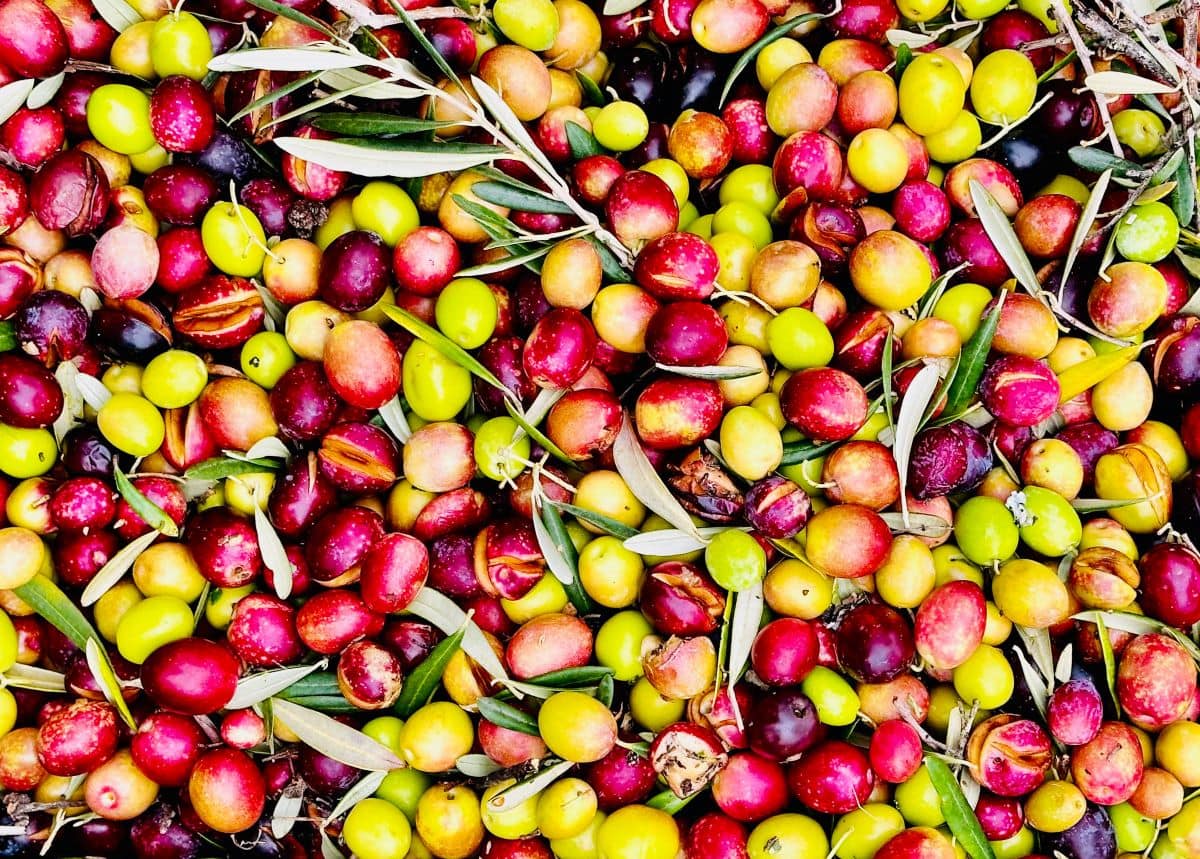
Go World Travel is reader-supported and may earn a commission from purchases made through links in this piece.
Claudio Perez Fernandez tended his olive grove on a cool, misty afternoon in the Sierra de Gata mountains of Extremadura, Spain.
My group of six walked along the nearby path, and a couple of us waved to the farmer. He set his rake down, smiled, and returned the wave.
We were in Extremadura to experience Spain’s olive oil culture. Church bells tolled from the village and the smell of a wood-burning fire from a nearby house added to the setting. A visit with a farmer was not on the day’s itinerary, but we were delighted about the chance meeting.
Our guide, Eduardo Mostazo Gracia, translated as we asked Claudio about his grove on the outskirts of the village of San Martin de Trevejo, population 750.
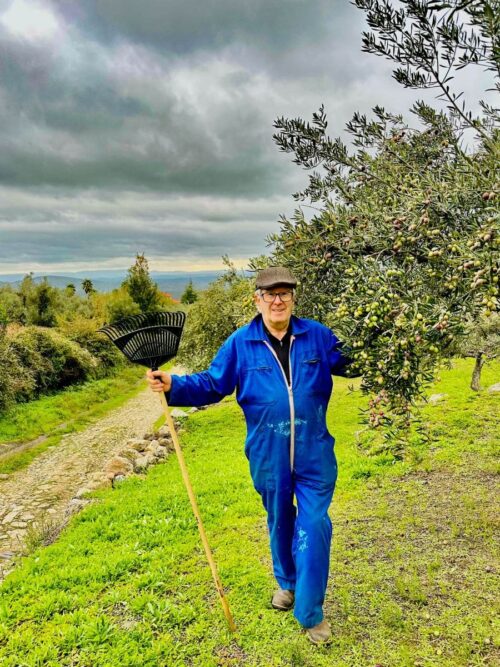
Savoring Spain’s Olives and Culture
Claudio told us the groves have been in his family for centuries.
“But young people today aren’t so interested in working in the fields,” Eduardo translated after Claudio spoke in Spanish.
“That includes my own children,” Claudio added.
It was clear, as we listened to Claudio speak about his groves, that working the fields is a labor of love. He seemed content to be alone, out in the crisp air, raking, picking, and sorting.
Claudio was bemused by our curiosity about him but graciously posed for selfies and photos. We thanked him and said farewell.
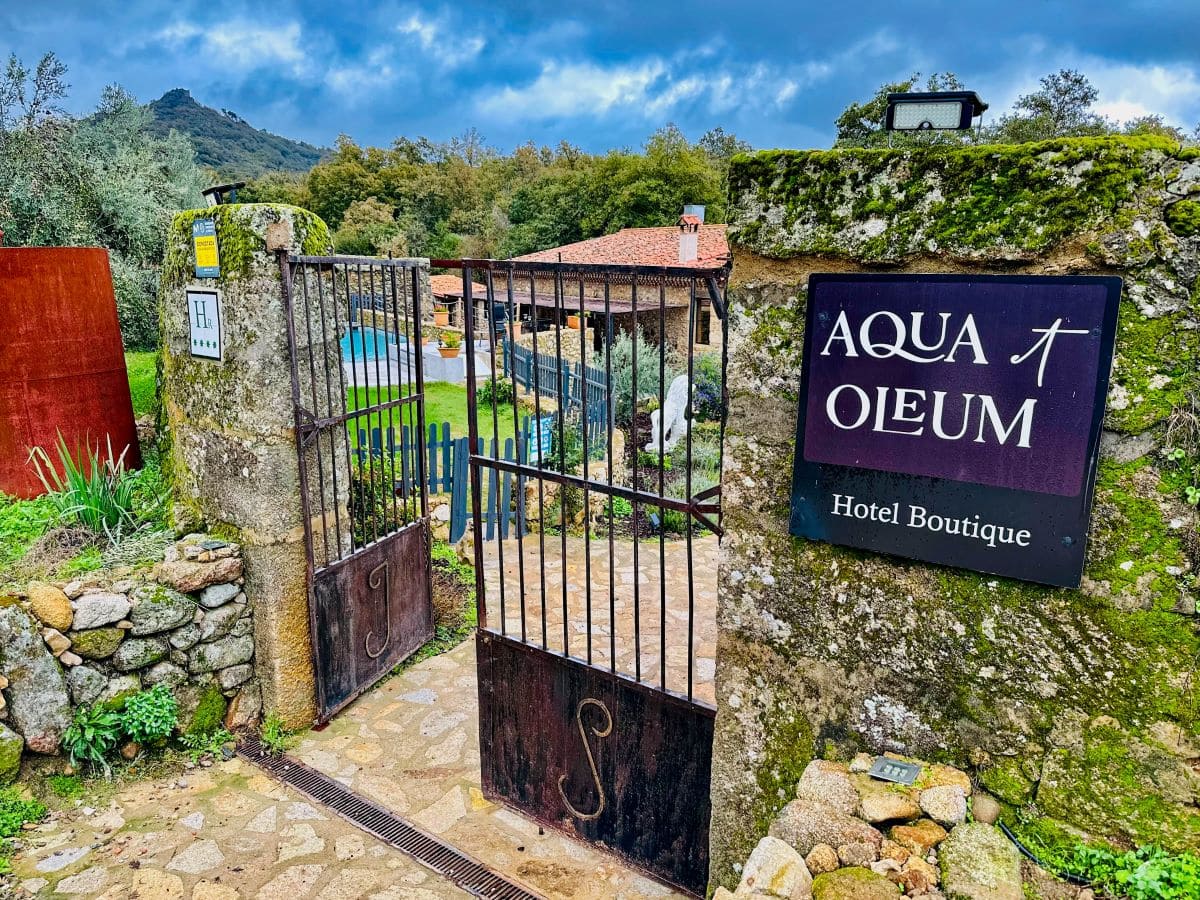
Stay at the Former Olive Oil Mill Now a Boutique Hotel
My group was staying at Aqua et Oleum, a boutique hotel in a former olive oil mill.
Located in the heart of olive oil country, the refurbished lodging offers eight rooms, a cozy lobby with a fireplace, and olive trees growing on the grounds.
The name Aqua et Oleum translates to water and oil in Latin.
Residents in the region are passionate about olives and olive oil. Many families have their own grove and harvest olives into oil for family and friends.
Our guide Eduardo and his wife live in the village of Hervás, population 4,000, which he described as “too big.”
His comment made me smile since even though I grew up in a town of 2,000, I now live in a city of more than a million.
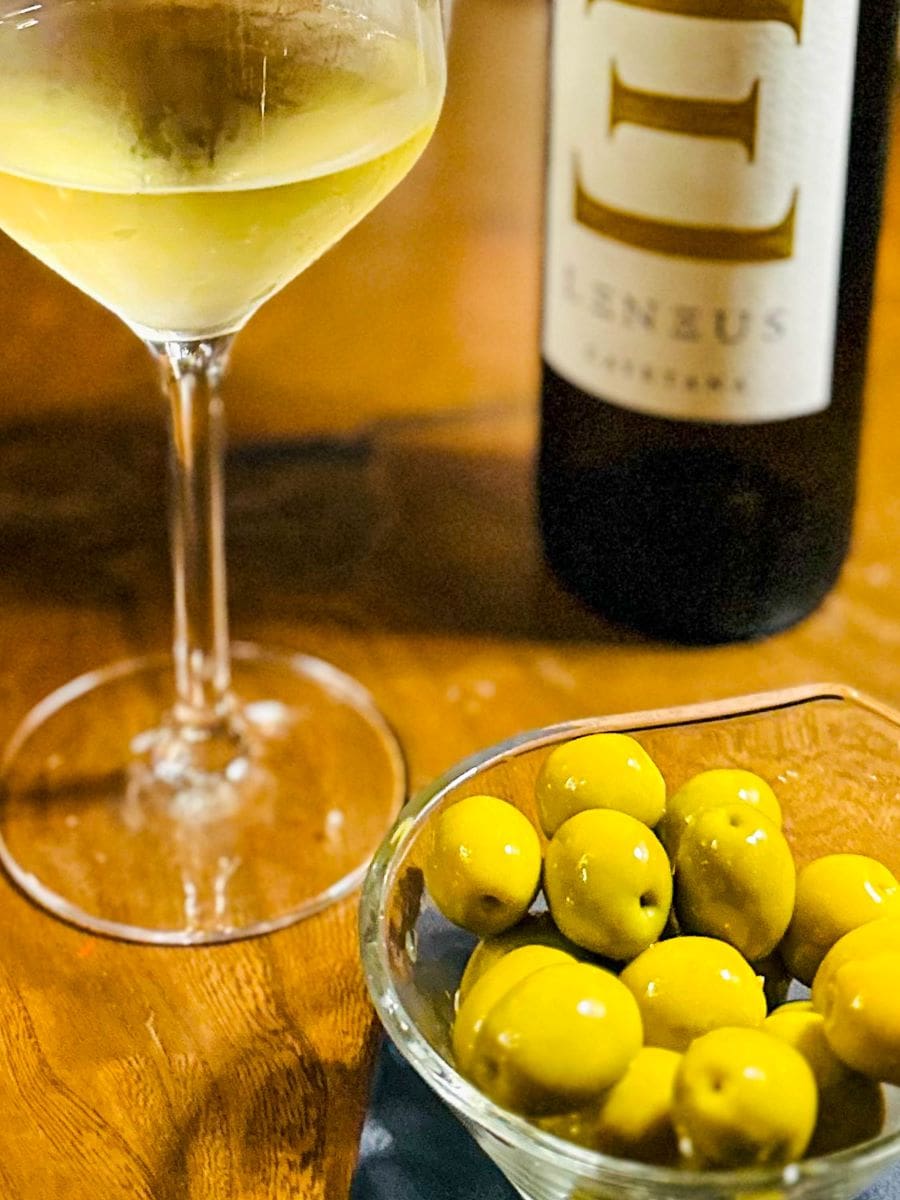
Dining at Aqua et Oleum, Boutique Hotel in Extremadura
Aqua at Oleum is not within walking distance of the village or restaurants, so most guests dine in the hotel’s restaurant. Fortunately, a chef prepared superb meals, with much of the food coming from the hotel’s garden.
We dined on pumpkin soup, pork cheek stew, and lemon curd for dessert. And, of course, wine and olives.
We drizzled fresh, nutty-tasting olive oil on warm bread at each meal. This practice is typical of dining in Spain. (One night, a friend asked for butter for her bread at a restaurant in Madrid. The server said he would need to charge for the butter. She said fine, but the butter did not appear.)
Breakfast was pastries, fresh fruit, eggs, and toast. As with every meal, olives were part of the buffet.
Since the hotel is far from traffic and town, the setting was peaceful and quiet. And perfect for stargazing.
The evening, we had a star-gazing session scheduled, the skies did not cooperate. So, we held our session inside.
Nicolas Cahen whose company is Canopea presented a fascinating program called The Universe in an Hour. Nicolas, who is passionate about astronomy, shared photos of the galaxy, our planet, and constellations as we drank hot chocolate in the cozy parlor of the hotel.
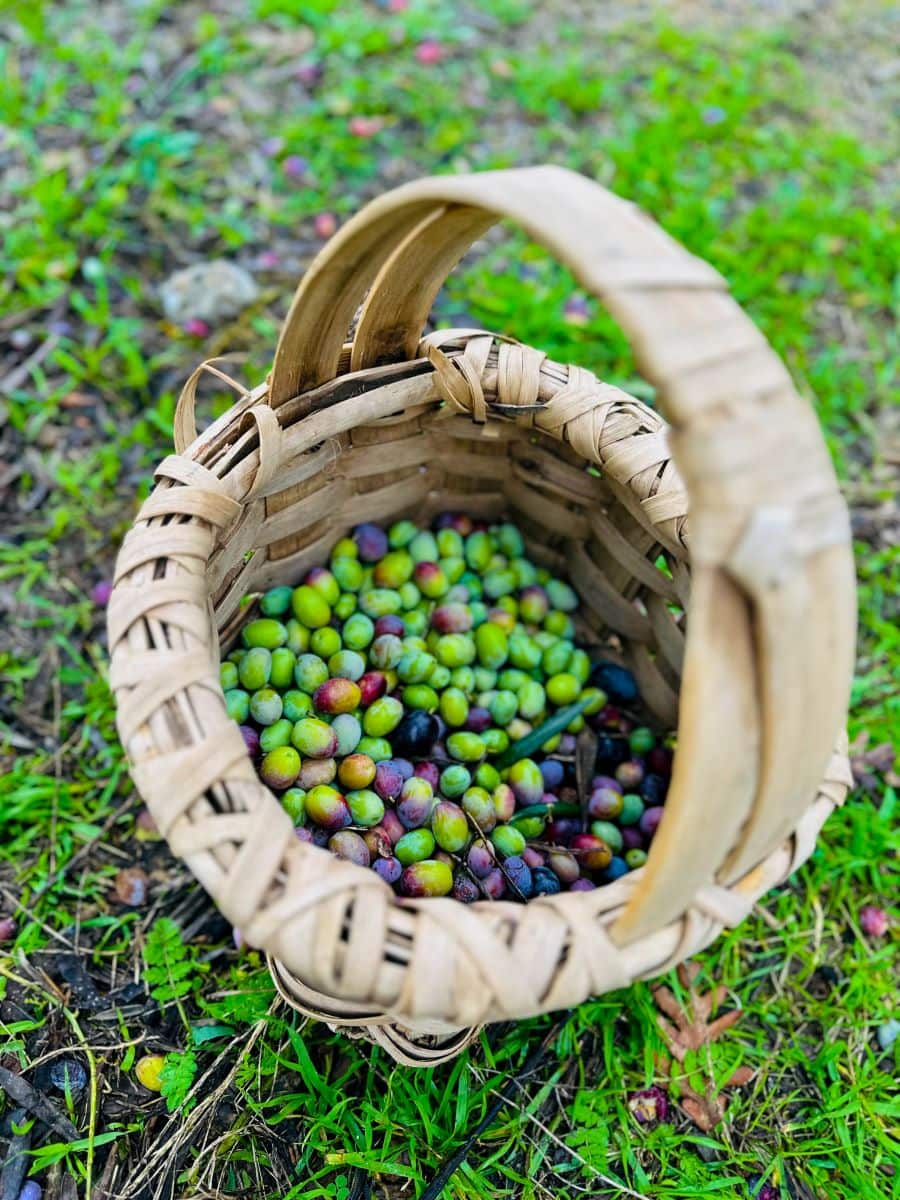
Olive Oil Culture: From Picking to Pressing
As part of our olive oil experience, my group and I walked a few steps from our hotel’s entrance, where hotel manager Javier demonstrated the first step to making olive oil. He showed how to shake the branches of the olive tree gently.
Ripe olives dropped into a net below, like leaves falling from a tree during autumn. We took turns doing this, but only long enough to get an idea of how it works.
We then transferred the olives into baskets and containers, and they were ready to take to the mill to process into oil.
Afterward, we feasted on a typical lunch that workers would have eaten in the fields: fresh bread, cheese, and chorizo grilled over an open fire.
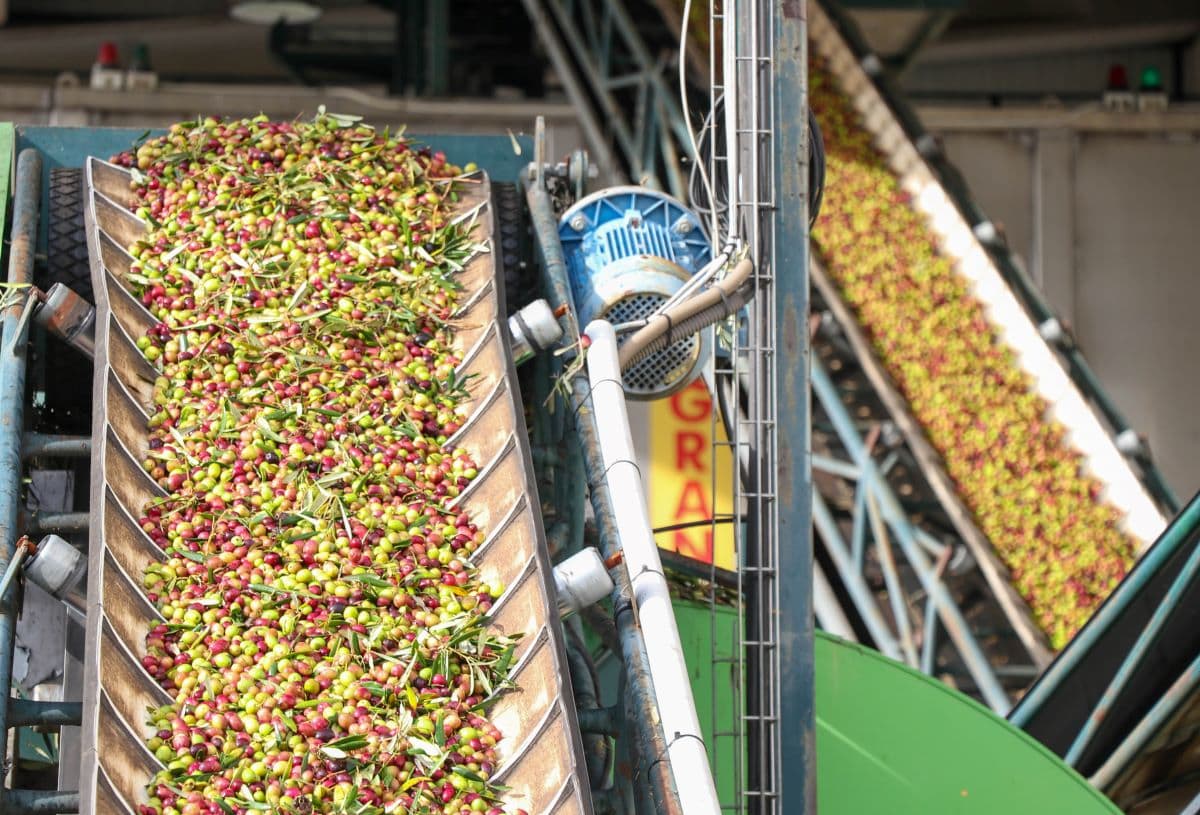
Tour of Olive Oil Mill Offers Peek into Process
A visit and tour to the mill named Almazara As Pontis provided even more insight into the process of making olive oil. Vehicles hauling trailers brimming with olives lined up, waiting to unload their bounty.
An elaborate process occurs inside the mill. This results in jugs of fresh, new olive oil, which the customer picks up just hours later.
Seeing the trucks lined up reminded me of the summer wheat harvest in western Kansas, where I grew up.
Farmers harvest their wheat and drive truckloads to town to the grain elevator. On hot summer days in Kansas, a line of trucks often waited to unload crops in small towns across the sunflower state.
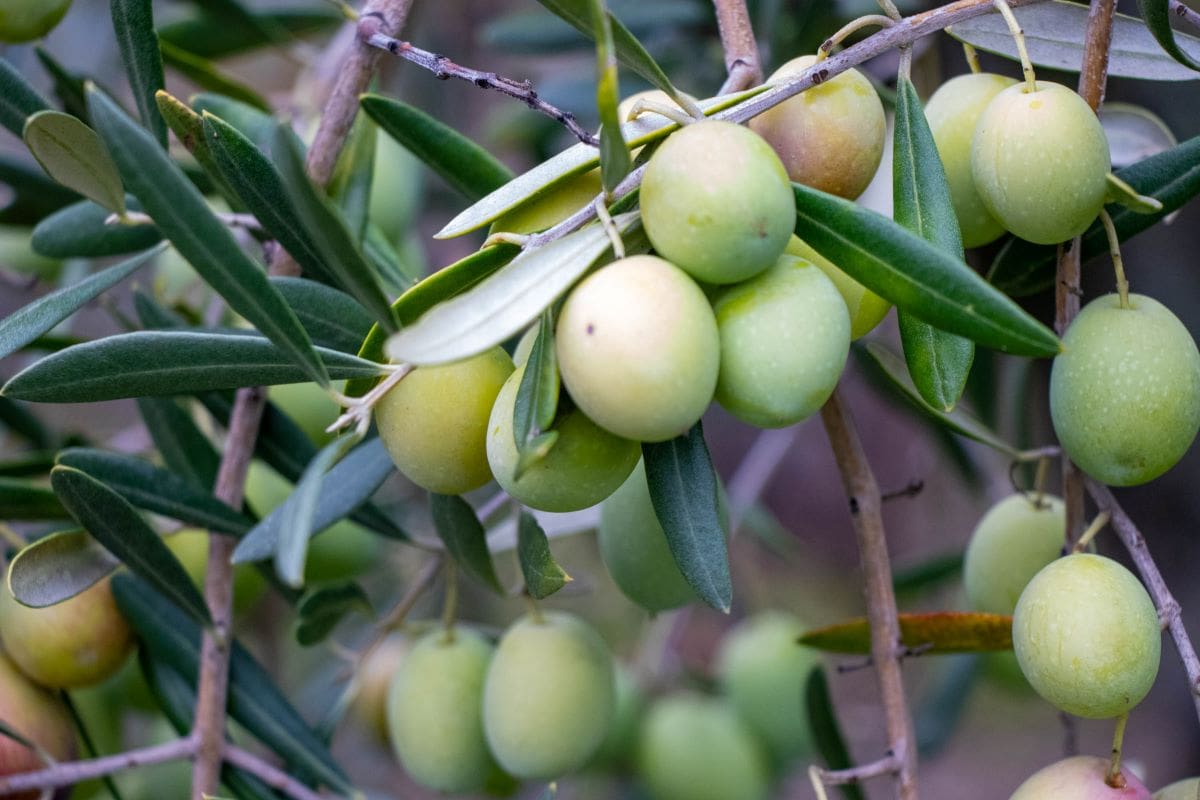
Learn How to Sample Olive Oil
At a beautiful rural hotel, A Velha Fábrica, we experienced an olive oil tasting where we learned how to sample olive oil properly.
“First, hold the glass container in your hand to warm the oil,” our instructor Ana said.
“Then, take a big whiff, the same way people taste wine. Last, take a small taste and swirl it in your mouth.”
Surprisingly, I could smell and taste the difference between virgin olive oil and extra virgin olive oil. Ana used descriptions such as “fruity, spicy, aromatic,” to describe the olive oil.
She advised that when we shop at home we always buy extra virgin olive oil.
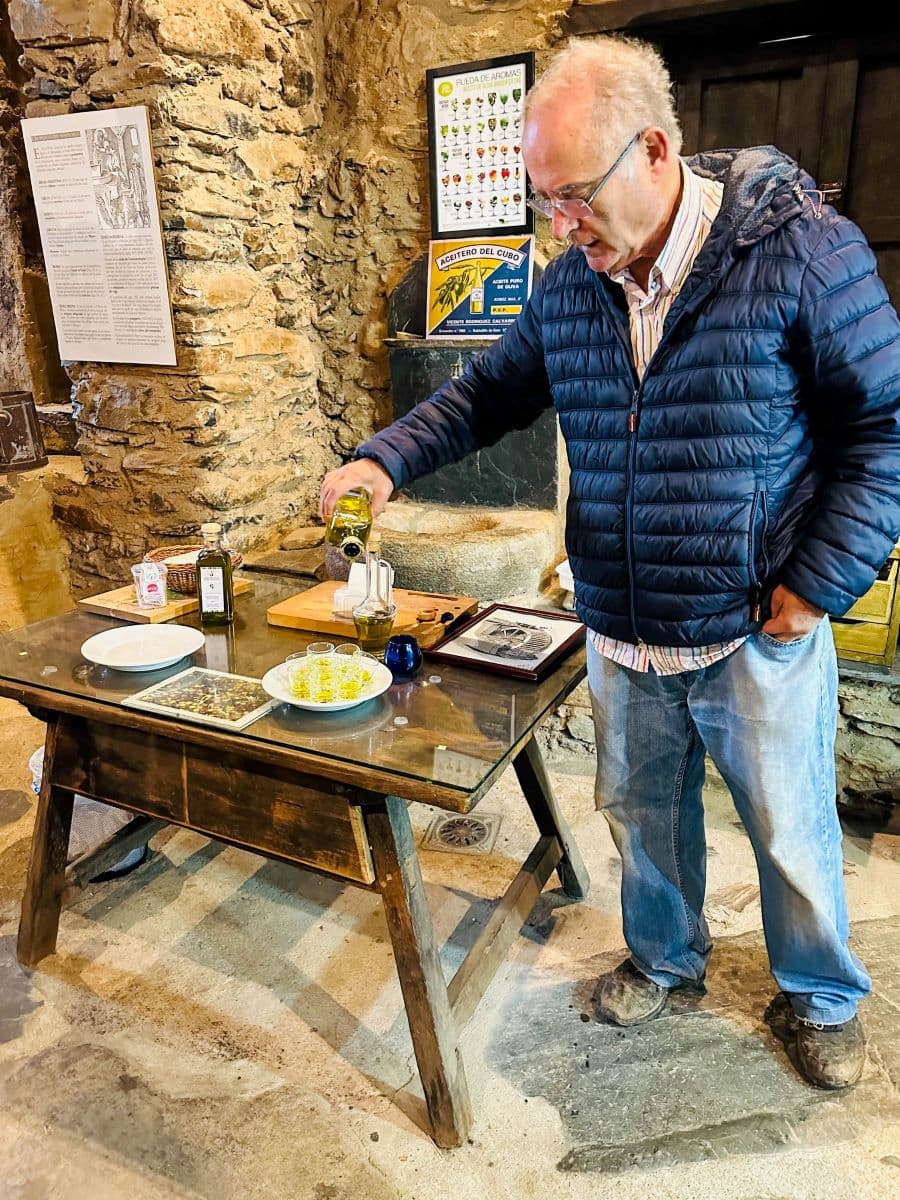
Tour Olive Oil Museum in Small Village
To learn more about the history of olive oil, we toured the Museum of Olive Oil in Robledillo de Gata, with Julio Molino del Medio, a retired physician who is museum caretaker.
Eduardo translated as Julio explained the machinery and methods used to process olives into oil in historic times.
Julio apologized for wearing work clothes and explained that he had been toiling in his olive grove.
In turn, we apologized to him for keeping him from his work. Rain had been falling the past few days, and when the skies cleared, the farmers headed for their fields.
Julio poured samples of his olive oil and proudly told us that the grove had been in his family for decades.
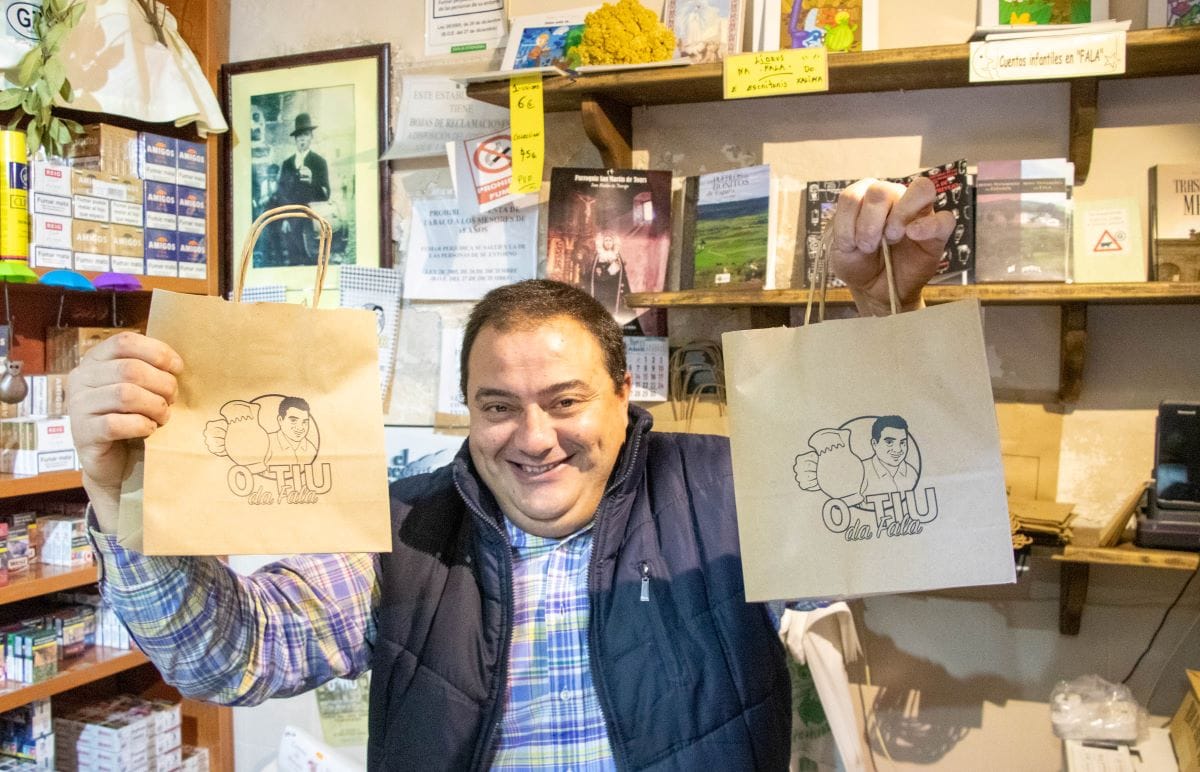
On the Search for Liquid Gold
Experiencing the olive oil culture in Extremadura gave me a new appreciation for this commodity the Spanish call liquid gold. I decided to stock up on olive oil—some of the best in the world comes from this region—for myself and my friends.
In the village of San Martin de Trevejo, population 750, another woman in the group and I strolled the streets and came upon a small store. Inside, we met shopowner Julian.
We told him we loved his village and country. And we asked which olive oil to buy. He recommended the “best and freshest olive oil,” which, of course, we purchased.
As he placed my olive oil in a bag, I noticed a caricature of a dimpled, smiling man on the container and asked if it was him.
“Si!” Julian exclaimed with his unmistakable grin, holding up the bag near his face to show the comparison.
Outside Julian’s shop, we took photos, shook hands, and expressed our thanks.
I walked away and thought to myself it wasn’t the olive oil but the friendly exchange with Julian that, for me, was the real gift.
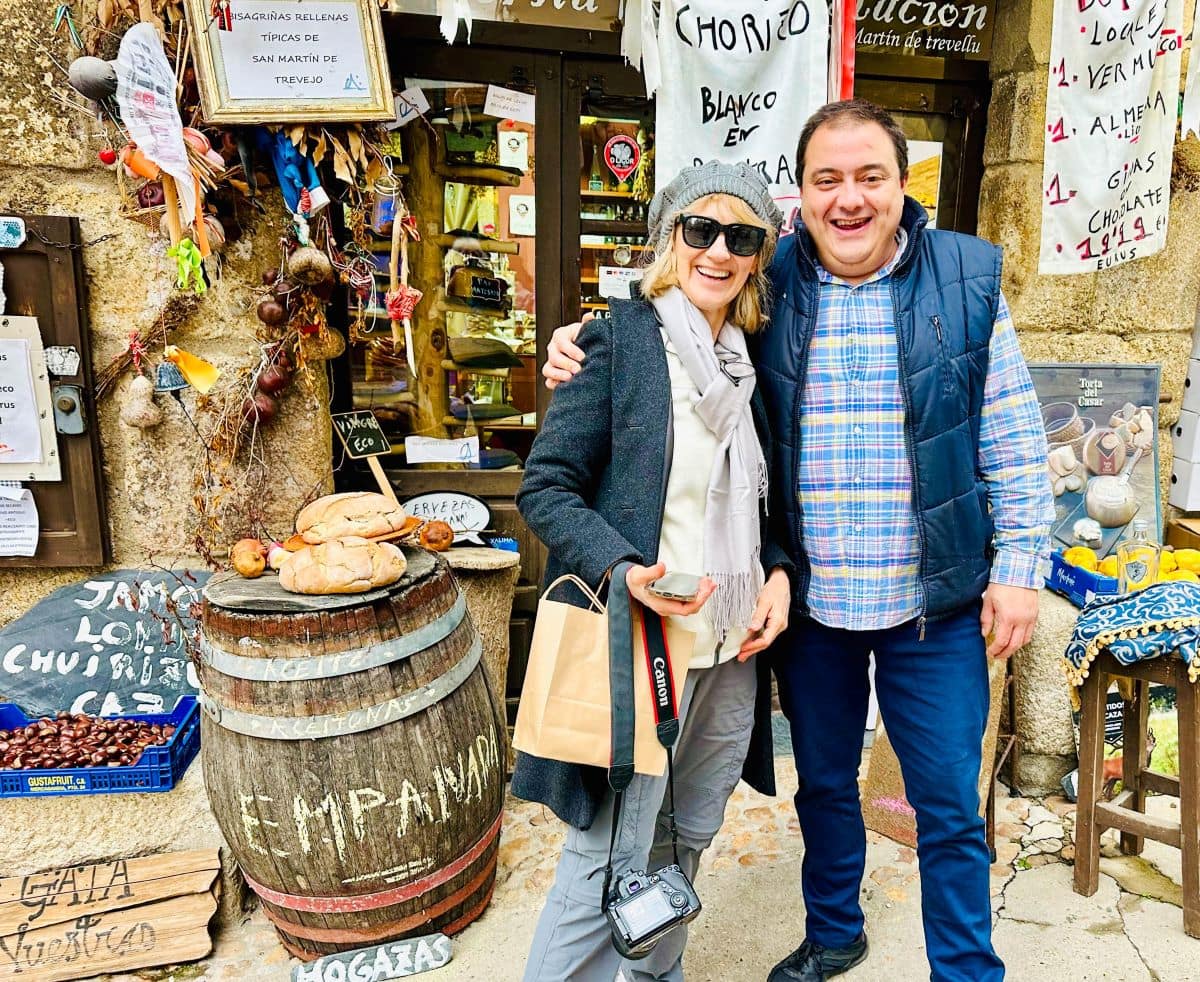
If You Want to Experience Spain’s Olive Oil Culture
Aqua et Oleum is located in the region of Extremadura and is about 320 kilometers from Madrid.
Renting a car is one option, but the hotel will also create a personalized experience, which includes transportation from the airport, meals at the hotel, an English-speaking guide if you wish, and an olive oil experience. Flying into Lisbon or Porto are also options.
To hire Eduardo Mostazo Gracia, our guide whom I highly recommend (he is also a high mountain and canyoneering guide and specializes in visiting protected areas), visit origennaturaleza.com
Staff will also arrange other activities such as horseback riding, fishing, bicycling, or trekking, and will cater to whatever type of package and number of nights guests wish to arrange.
Portugal borders Extremadura, which is in the western part of Spain. The capital of Extremadura is Mérida. Extremadura is home to national parks, Monfragüe National Park and Cornalvo Natural Park. The parks are especially popular for birdwatching.
For more information, visit Extremadura, Spain.
Read More:
- Spain
- The Fairytales of Malaga
- Unveiling the 12 Tantalizing Treasures of Spain
- A Retreat to the Tuscan Oasis of Borgo San Felice, Medieval Hamlet Turned Resort
- Top 7 Things to Do When You Visit Victoria, B.C. - March 5, 2024
- 5 New Ways to Discover Vienna - February 12, 2024
- Traveling in Kazakhstan: A Stay at a Rural Guesthouse - January 24, 2024

